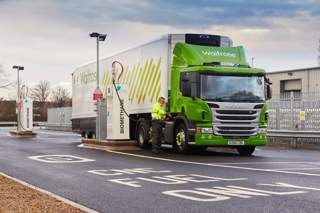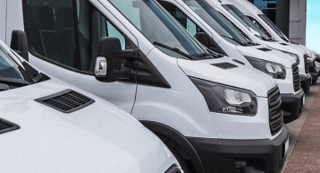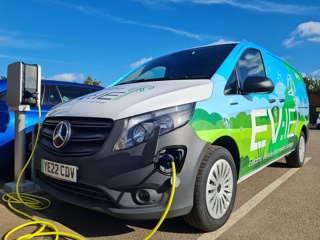- Using a spreadsheet/database
An alternative to fleet management software is using a spreadsheet or database.
Goodstadt suggests that for a fleet of 20 vehicles a spreadsheet approach could work but for a fleet with hundreds or thousands of vehicles it’s not practical due to the administrative burden it brings.
However, Danny Alborough, who runs Gratte Brothers’ fleet of 200 vehicles, uses spreadsheets although he admits that “it does take a lot of time to create”.
“If you have the right software you are able to look at your CO2 figures and react a lot quicker than I currently do,” he says.
Another fleet manager, who has to comply with the greenhouse gas emissions reporting regulation, uses a database and spreadsheets to meet the requirements.
They have been doing carbon reporting for many years now, well in advance of the requirement.
They use the expenses data, which reflects all claimed business mileage, and overlay the CO2 data to calculate tonnage.
This is split by business unit and user type (company car, hire car, grey fleet etc). The raw data is manipulated in a Microsoft Access database to create Excel reports to provide what the company needs to meet the requirement.
The fleet manager says: “It was reasonably easy to set up once we established what we needed but it’s still an admin task of some significance.”
- Using an external company
Companies that have to meet the greenhouse gas reporting regulation could turn to carbon emission accounting providers such as Ecometrica. Its system accounts for all greenhouse gases, all greenhouse gas scopes not just vehicles, and has all emission and conversion factors for every country.
If you simply want to calculate the fleet’s carbon footprint and get advice on ways to reduce fleet emissions, the Energy Saving Trust (EST) is a good option.
It uses five methodologies for calculating or estimating a carbon footprint, depending on the data available. The most accurate footprint is calculated from the actual amount of fuel burnt – it is then simply a matter of multiplying the carbon intensity of the fuel used by the volume consumed. The other four methods rely on other assumptions, such as the real world emissions from a car with a particular official g/km CO2 rating or an average car or van multiplied by the mileage driven.
The EST offers an online Fleet Health Check which organisations can use to calculate their footprint and receive a report which highlights areas where improvements could be made.



















Login to comment
Comments
No comments have been made yet.